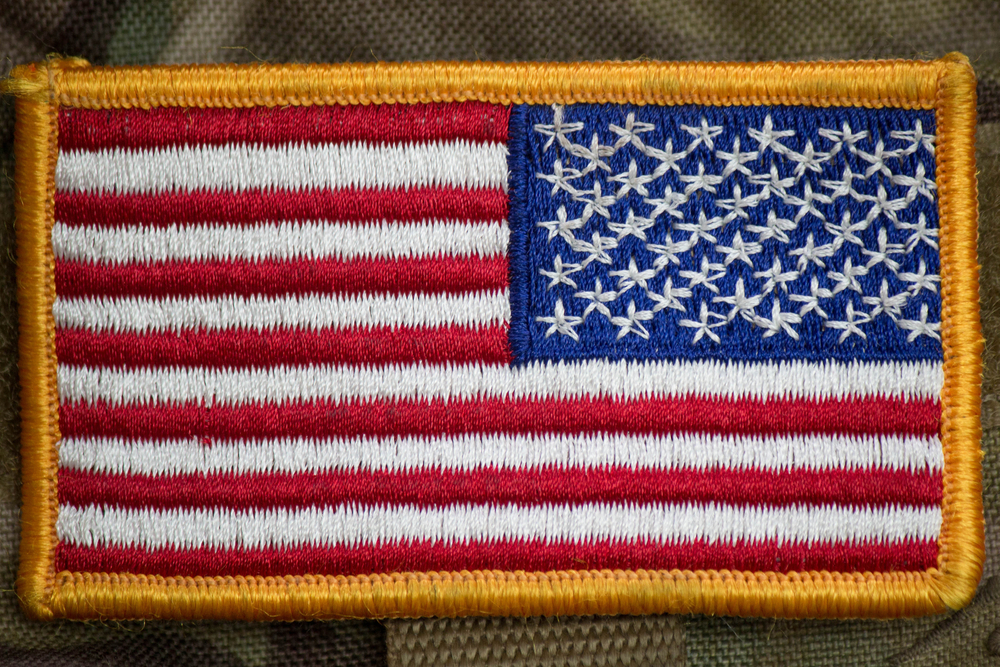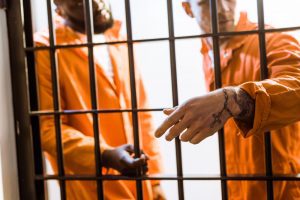The American flag is a symbol of national unity and one of the most prominent insignias in our country.
Americans are expected to treat it with the utmost respect as a tribute to the patriots who offer their lives for the sake of the peace and stability of the country.
With that in mind, some people view the reverse flag as a sign of disrespect to our testimony and values.
Why are flags backward on police uniforms?
The reverse flag is actually a sign of honor. It is worn on the right arm in the reverse style to create the visual effect of a flag flying in the wind as the police move forward.
The idea was drawn from America’s early history when the army would charge ahead during the war with the flagbearer carrying the flag high.
The reverse flag is not a real flag that you can raise on a pole but an emblem or a graphic representing the flag on military and civil administrations uniforms.
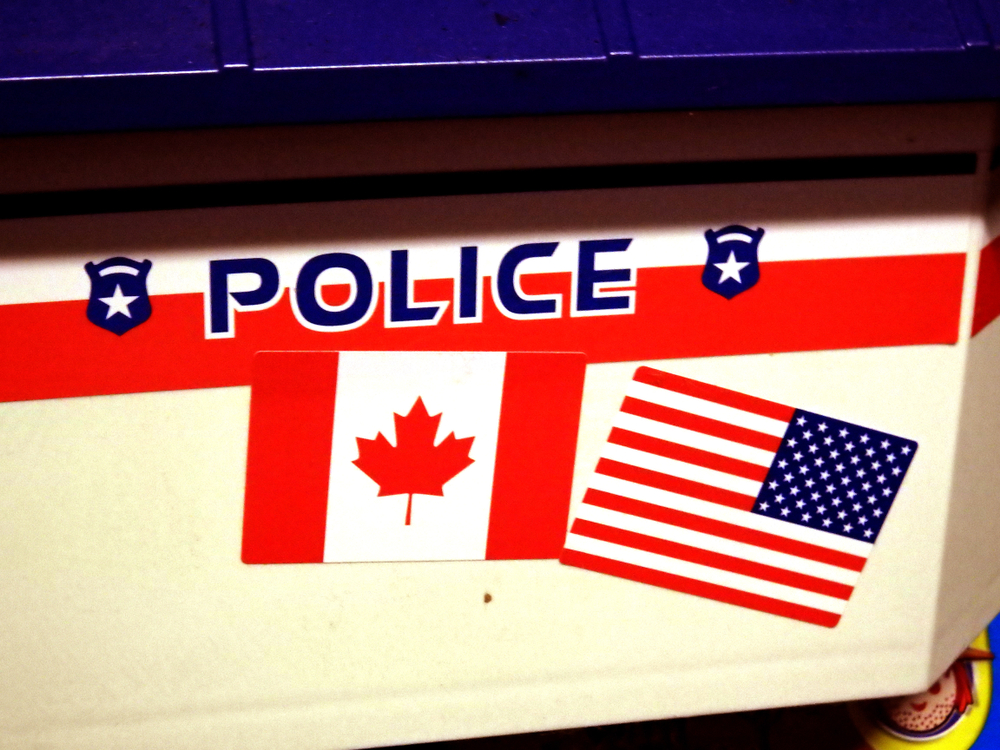
So, is it right for the police to wear the American flag facing backward, and how did the practice start?
Table of Contents
Why does the flag face backward on police uniforms?
This phenomenon is not unique to police uniforms, and you will observe something similar on military uniforms, which also have the country’s emblem facing backward on the right sleeve.
The logic is to imitate the graceful movement of the flag in the wind as the person moves forward, assuming they were the flagpole.
The idea behind it is this: The canton – the cluster of stars in the blue sky on our flag – should always sit on the highest position of honor, usually on the top left corner.
If you place the flag on the right sleeve, the canton’s position should change to retain the position of honor.
Otherwise, the flag appears attached to the pole using the stripes.
The practice of the reversed flag began with the military then trickled down to civil administration and the police.
We will therefore refer quite often to the army regulations in this article. Army Regulation 670-1, Use and Appearance of Army Uniforms and Insignia, paragraph 28-18 spells out how the army should wear the United States flag on their uniforms.

In 2003, the army uniform regulations were updated. Army Regulation 670-1 updated in 2003 on the Use and Appearance of Army Uniforms and Insignia clearly states that the stars must always look forward when the American insignia is worn on the left or right shoulder.
The position of the stars should be reversed on the right side of military uniforms, vehicles, and even planes to comply with this regulation.
Think of how the word AMBULANCE is spelled backward so that other drivers see them forwards in the side mirrors.
The second reason and final justification for the reverse flag came from combat troops. They argued that the flag should always be facing forward, whether on the left or right side, to mean “Attacking forward.”
Not reversing the flag on the right side would indicate retreat, which isn’t that great.
Which uniforms have the flag on backward?
According to the Legal Information Institute on respect for flags, no flag section should ever be used as an athletic uniform or costume.
The only people allowed to have flag patches on their uniforms include:
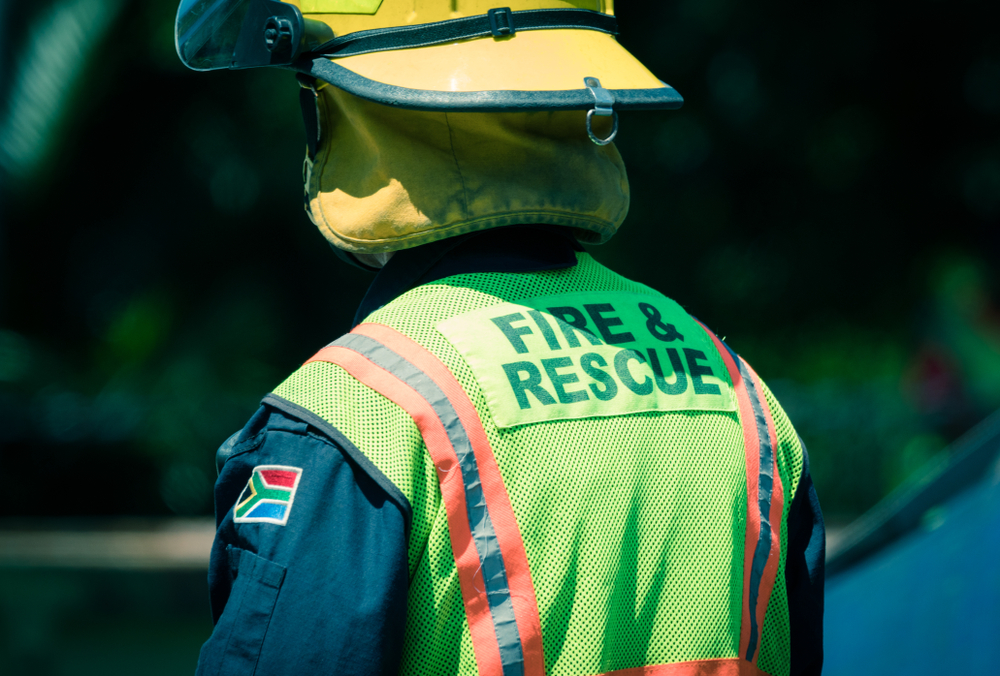
- Military personnel
- Firemen
- Policemen
- Members of patriotic organizations, such as Boy Scouts
The flag is considered a living entity because it represents a living country, and therefore you should always place the lapel flag pin on the left lapel close to the heart.
This shows total respect and dignity.
The US Flag Code covers all military aspects including service members, vehicles, aircraft, and spacecraft.
The air force wears the backward flag on their camouflage pattern uniform, although they also can wear the emblem on their flight suits as the navy does.
The reverse flag is also worn on the right hand by the army and navy uniforms Type II &III.
The only combat troops that aren’t allowed to wear this important emblem of national unity on their uniforms – because of the sensitive nature of their operations – are the Marine Force.
A similar case applies to the eagle’s head on the uniform of navy captains and colonels. The eagle’s head should always face forward whenever the wearer moves because the forward position is of utmost honor within heraldry.
The idea of honoring the flag by always wearing it facing forward is also evident in the astronaut’s spacesuits, such as for the Apollo and Discovery crews.
When did the practice of wearing the flag in reverse start?
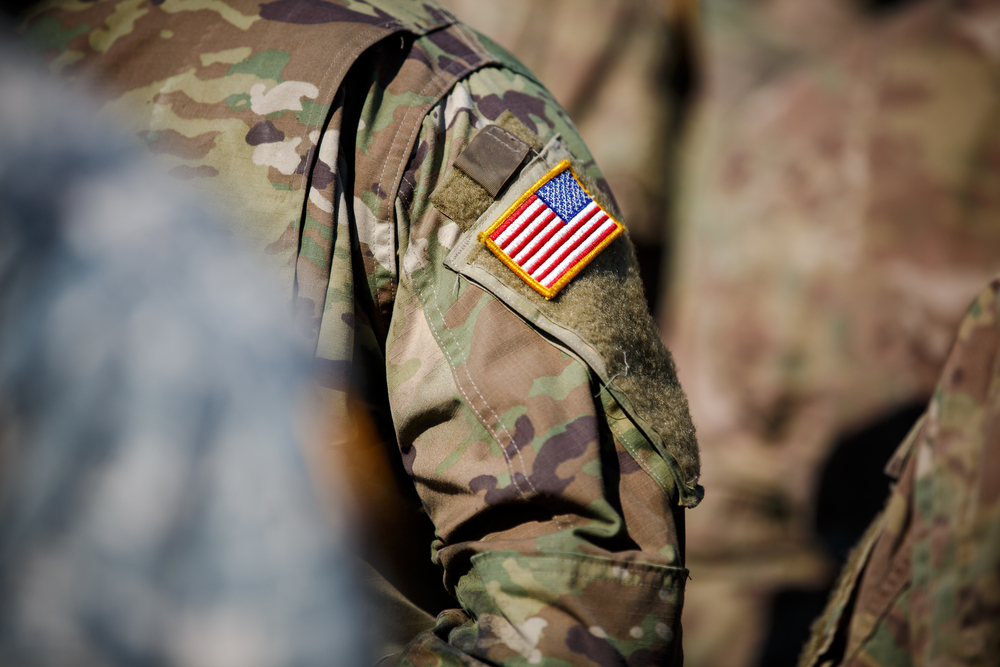
Flags have been around for ages and come in all sizes, shapes, and colors.
The American flag dates back to June 14, 1777, when congress enacted the Flag Act. However, the practice of wearing it backward on the right side only became official in 2005.
The Civil War
The idea of a forward-facing flag dates back to at least 1861–1865 during the American Civil War. The infantry and the mounted cavalry units had a flag bearer who would carry the flag into battle.
As the forces charged, the forward momentum would create a breeze that would blow the flag behind the bearer.
Before 2003
The idea behind the reverse flag on uniforms was not adopted until recently. Although the idea existed in the army, the flag didn’t appear on the left side of the uniforms until the early 2000s.
It was thought that that placement honored the flag because it is near the heart. Between 2003–2005, the wearing of the reversed American flag became permanent on military and police uniforms.
Between 2003 and 2005
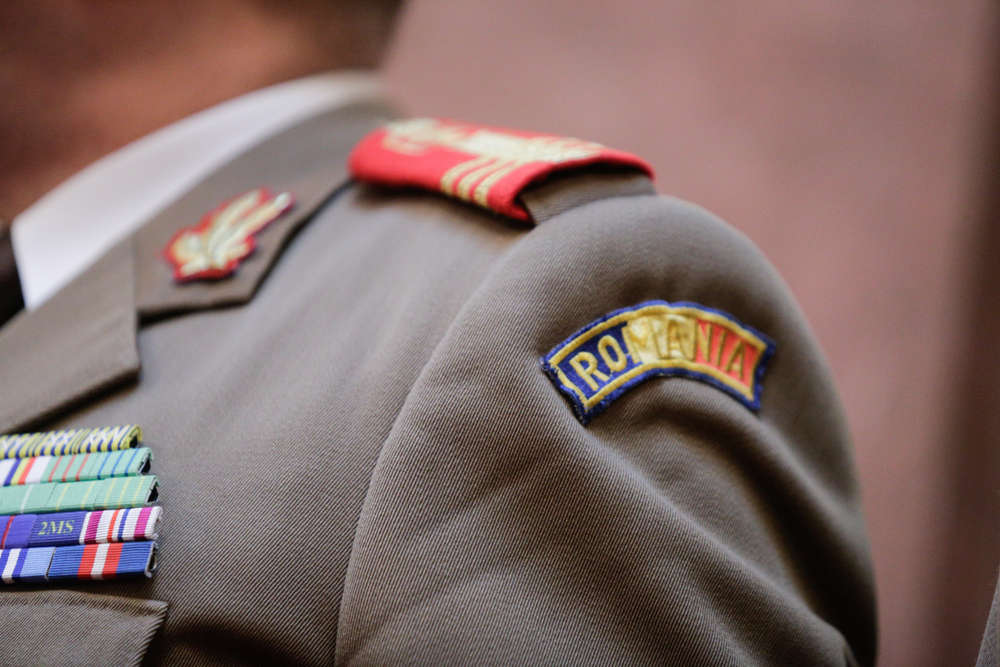
According to the 2003 Army Regulation 670-1 on Wear and Appearance of Army Uniforms and Insignia, the proper and only way the United States of America flag patch should be placed on the uniform is with the canton facing forwards.
The US Army chief of staff in 2005, General Peter J. Schoomaker, authorized the wearing of the reverse flag on the right sleeve.
However, there has been some controversy with some police officials saying the meaning of the backward flag is too radical because the police are not as aggressive as members of the armed forces.
Law enforcement officers are supposed to pause, evaluate, and then come up with the right course of action.
However, the regulation is part of the United States flag code for civil servants, military, and administration personnel.
Other regulations guiding the use of the flag
Since we have already determined why flags are backward on the police uniform, let’s look at other regulations meant to uphold the honor and respect of the US flag.
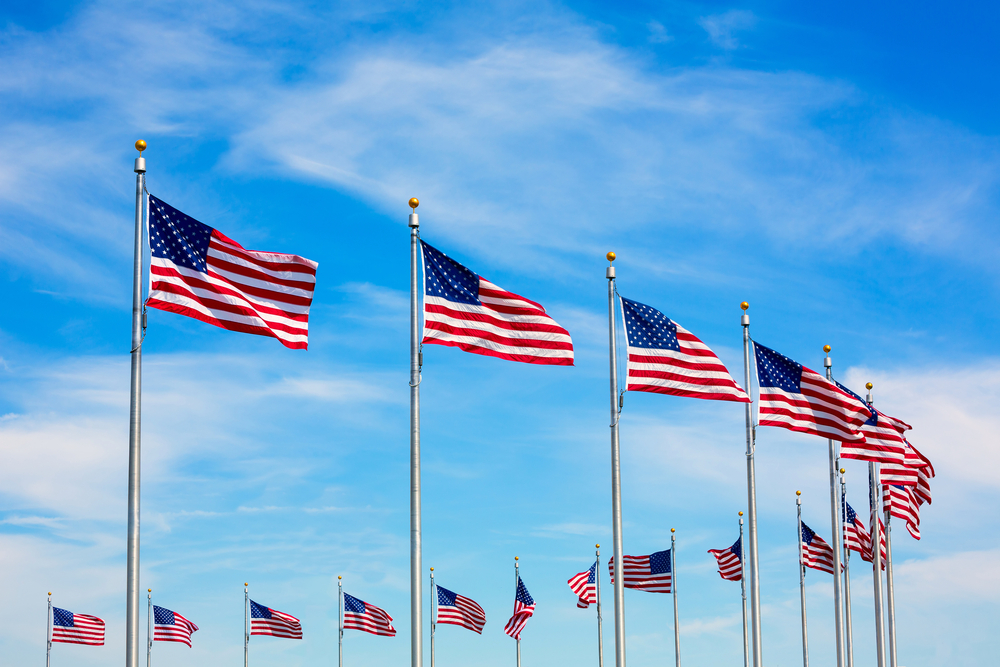
1. The flag should never be portrayed with the canton down unless signaling for help in case of extreme threat to life or property.
2. The flag shouldn’t touch anything below it – water, floor, or merchandise.
3. The flag should always be carried uprightly so that it is aloft and free, never horizontally or flat.
4. Never use the flag for drapery, wearing apparel, or bedding. Never festoon, draw back, draw up, or fold the flag because it should always fall free. Long strips of cloth in flag colors should be used for general decoration, such as drapery for the front platform or to cover the speaker’s desk. The red color should be above the blue, white in the middle, then red at the bottom.
5. The flag should be stored in a safe place not to get soiled, torn, or easily damaged.
6. Never use a flag to cover your ceiling.
7. Never draw, attach, or place any mark, word, figure, letter, drawing, picture, design, or art of any nature on the flag.
8. Never use the flag as a container or vessel for carrying, holding, receiving, or delivering anything.
9. Never use the flag for advertising in any way whatsoever. For example, never embroider it on handkerchiefs, cushions, or print the flag on temporary use items and discard such as boxes and paper napkins. Don’t fasten advert signs on the flagpole, halyard, or staff with a flag flying on it.
10. Flag patches should only be placed on the left or right arms of the police officers, military, and firefighter uniforms. Members of patriotic groups such as the Boy Scouts are also allowed to have insignia on their uniforms. Otherwise, never use the flag or a part of it on your athletic uniform or costume.
11. When the flag gets old and is no longer fitting for display or as an emblem in the respective places should be destroyed in a manner that upholds its dignity, such as by incineration.
Frequently Asked Questions
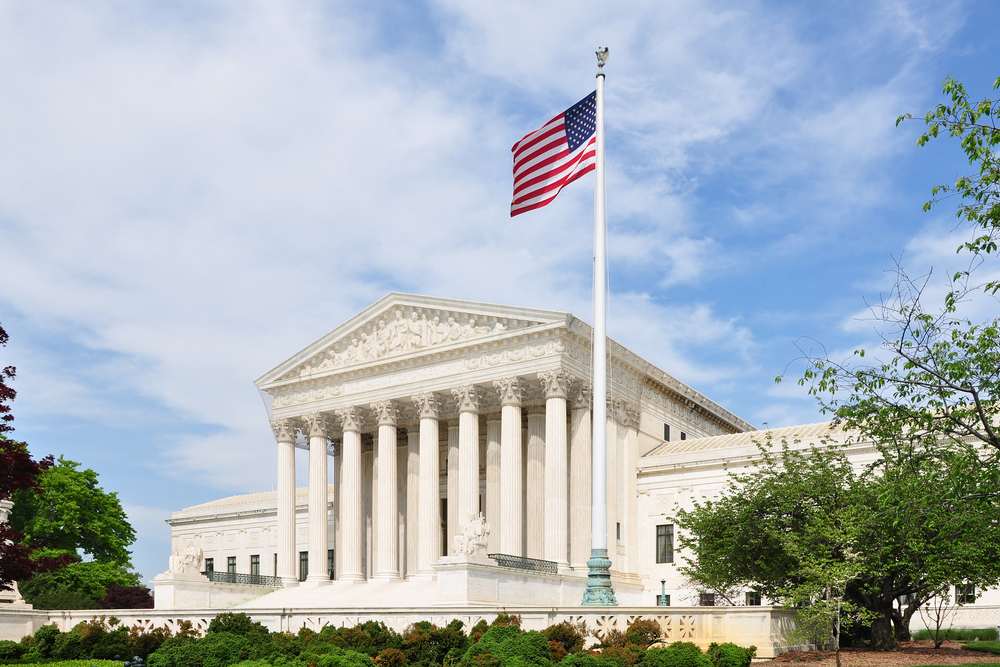
Here are the answers to some common questions:
Is wearing the reverse flag disrespectful?
While most people consider it a lack of respect, it is actually quite the opposite. Reversing the flag on the left side ensures that the flag remains facing forward and the canton is in the highest position of honor.
If reversing the flag was indeed a sign of disrespect, it wouldn’t be worn that way by the authorities and members of the disciplined forces such as the police and the military.
Why are flag emblems on planes backward?
Placing the insignia normally with the American stars on the left would create the illusion of the plane moving backward instead of forward.
The symbol has to be reversed, especially on the right side, like police uniforms with the stars on the top right hand to show the flag is moving forward with the plane.
How many times should the flag be folded?
The American flag should be folded 13 times. Like every part of the flag, the folding has a special significance.
For example, the first four folds symbolize our belief in everlasting life, honor, and a tribute to those who died defending our country, and acknowledging our weak nature as Americans while asking God for guidance.
Find more meanings at the National Flag Foundation.
Can you fly the American flag in darkness?
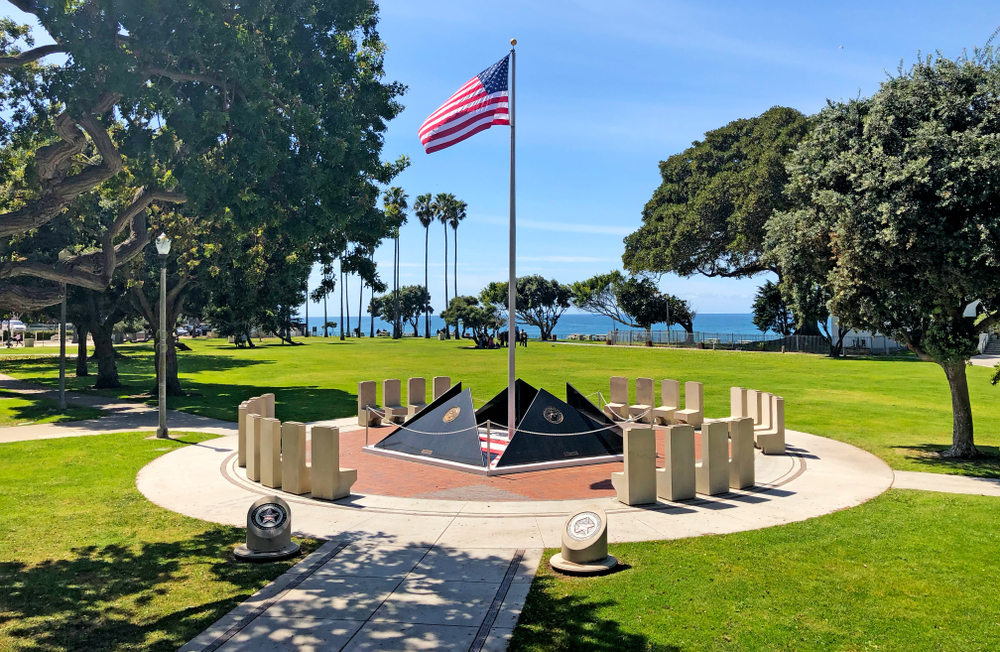
The answer is no. the US Flag Code dictates that the national flag should be flown from morning to evening every day and lowered at night to show the utmost respect for “Old Glory” (the flag’s nickname).
If you intend to fly it overnight, ensure that the area is properly lit until morning.
What do the red stripes and 50 stars on the flag symbolize?
The six white stripes that flow horizontally with the seven red ones symbolize former British colonies, making the original 13 states.
They include New Hampshire, Massachusetts, Rhode Island, Georgia, Connecticut, Pennsylvania, New York, New Jersey, Delaware, South Carolina, Maryland, North Carolina, and Virginia.
Previously, the American flag had 48 stars added on July 4, 1912, to commemorate the addition of new states into the union.
With the addition of Alaska and Hawaii, the total came to 50 stars.

